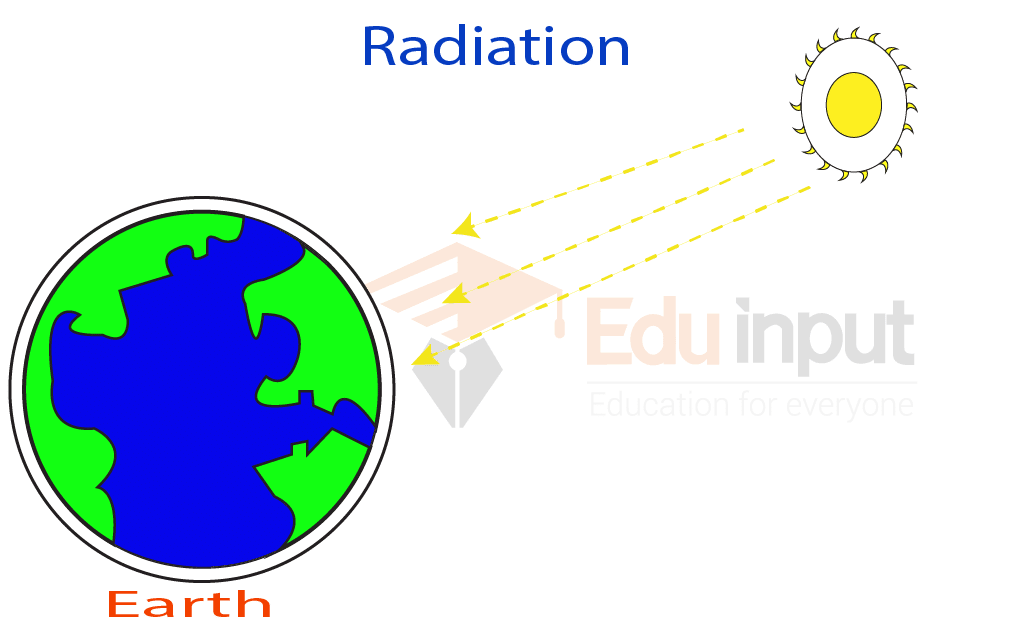As the intricate tapestry of medical professions expands, a pertinent question arises: Is a radiation therapist considered a physician? This inquiry invites us to delve into the nuanced realms of medical hierarchy and specialization. At first glance, the answer might seem straightforward, yet it encapsulates a broader dialogue about roles within healthcare. In this exploration, we shall unravel the complexities of the profession, elucidate the qualifications of radiation therapists, and dissect their critical contributions alongside physicians.
To adequately address this question, one must first delineate the term “physician.” Typically, a physician is defined as an individual who possesses a medical degree and is licensed to diagnose and treat illnesses. Physicians undertake extensive formal education, culminating in medical school and residency training, where they acquire a deep understanding of the human body, diseases, and therapeutic interventions. Radiologists, for example, are physicians who specialize in interpreting medical images and may be involved in radiation therapy, thereby blurring the lines between these roles.
In contrast, radiation therapists are specialized healthcare professionals who administer radiation treatment to patients, often as part of an oncological care team. Their expertise lies in operating sophisticated machinery, such as linear accelerators, and implementing treatment plans established by radiation oncologists, who are the physicians responsible for overseeing the overall management of cancer therapy. While both professions interact in the realm of oncological care, the distinction in their training and responsibilities is significant.
One might pose a playful challenge: “If physicians wield the scalpel, do radiation therapists yield the laser?” This metaphor encapsulates the idea that although radiation therapists play an indispensable role in the treatment of cancer, they do not engage in the same breadth of diagnostic and therapeutic decision-making processes as physicians do. Instead, radiation therapists function predominantly within the parameters set by the radiation oncologist, focusing on the application of prescribed treatment regimens.
Educationally, the path to becoming a radiation therapist typically involves obtaining a bachelor’s degree in a related field, followed by specialized training in radiation therapy. Programs accredited by the Commission on Accreditation of Radiologic Technology (JRCERT) equip aspiring therapists with the requisite knowledge of human anatomy, pathology, and the physics underpinning radiation therapy. In most jurisdictions, radiation therapists must also achieve certification from a recognized board, which attests to their proficiency and adherence to clinical standards.
Although the scientific rigor of radiation therapy training is comparable to that of many allied health professions, it does not ascend to the extensive medical education required of physicians. Consequently, while radiation therapists are highly skilled specialists, they lack the comprehensive training in diagnosing multifaceted medical conditions that is characteristic of physicians. Thus, while one might demarcate a radiation therapist as a key player in the oncological arena, it remains imperative to acknowledge that they do not possess the title or breadth of responsibility conferred upon a physician.
The interplay between radiation therapists and physicians fosters a collaborative atmosphere within healthcare settings. Such teamwork is essential in the context of cancer care, as the complexities of the disease demand a multi-disciplinary approach. Through regular consultations and joint deliberations over treatment plans, radiation therapists and physicians ensure that patient care is both comprehensive and precise. This partnership not only enhances treatment efficacy but also ameliorates patient outcomes, laying a foundation for a holistic approach to cancer treatment.
Additionally, it’s worth examining the evolving landscape of healthcare in which these practitioners operate. As medical science advances, interdisciplinary roles may evolve. Some radiation therapists pursue advanced degrees, enabling them to take on expanded roles that can include aspects of clinical decision-making, patient education, and even research. However, such trajectories should not obscure the distinction between their roles and that of physicians. Despite their increasing scope of practice, radiation therapists remain distinct from the medical doctorate level.
Interestingly, the legal and professional definitions of healthcare roles vary significantly across countries and regions. In certain jurisdictions, policy frameworks might allow for broader interpretations of healthcare roles, potentially including advanced practitioners whose capabilities bridge the chasm between therapy and diagnosis. Nevertheless, the cornerstone of the traditional definition remains grounded in the education and licensure that physicians undertake.
In conclusion, while the contributions of radiation therapists are invaluable and crucial in the treatment of cancer patients, they are not considered physicians. The distinction lies not merely in educational attainment or licensure but in the comprehensive approach to patient care that physicians embody. The shared mission of radiation therapists and physicians—to improve patient outcomes in the face of daunting health challenges—illustrates the interdependence of roles within the medical domain. As we ponder this intricate relationship, the answer to the posed question reveals itself within a broader narrative of collaboration and specialization in the ever-evolving landscape of healthcare.












